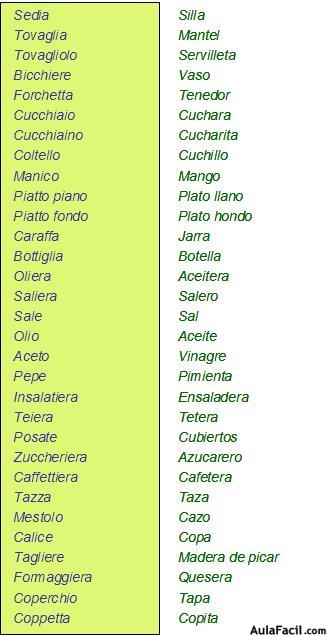
Notice how the io, tu and lui / lei / Lei forms are all the same for each particular verb? This could lead to some confusion, so you need to use more pronouns in subjunctive singular sentences than you might in the indicative.And verbs ending in – ciare and – giare drop that extra, unneeded I, so that lasciare (to let) becomes io lasci, etc. With the subjunctive present, verbs ending in – care and – gare get an H to maintain their hard Cs and Gs, so pagare (to pay) becomes io paghi, etc. As you’ve previously seen with many other conjugations (like the simple future in Italian), spelling changes are sometimes necessary to maintain the sounds at the end of stems.Nice, huh? But there are two gross wrinkles to be aware of with the regular subjunctive present tense: The voi forms for all subjunctive verbs (–are, –ere, –ire) end in – iate.The noi forms of the – ere and – ire verbs are identical to their present tense indicative forms.I’m a nice guy, so I don’t list these verb types separately, as your grammar book probably does.


We again remove the final – o and add the subjunctive – ere and – ire endings as follows: We take the present tense indicative io form: vivo (I live).

I think she winks at me.įor – ere and – ire verbs the process is similar we’ll use as an example a verb that you’ve already undoubtedly seen in the subjunctive: vivere (to live). Here’s how we might use such a subjunctive form in a sentence: Here’s a memorization shortcut for –are verbs: Note that the tu and the noi subjunctive – are forms wind up being identical to their indicative forms for regular verbs. The above bolded endings are applied to all regular – are verbs to form the subjunctive present. Lui / lei / Lei strizz i- he / she / you (formal singular) squeeze Tu strizz i - you (informal singular) squeeze The next step is to remove the final – o from that io conjugation and add the subjunctive – are endings as follows: We’ll take the io present indicative form as we might see in a sentence like: Let’s skip parlare (to speak) for once and use a more fun regular verb as our guinea pig: strizzare (to squeeze, to wink).

The reason you first want to completely master the indicative present tense (the “regular” or “normal” present tense) is that we can form the present subjunctive by starting with the io form of the present indicative. (Download) Formation of the Italian Present Subjunctive
#CHE PLUS CONGIUNTIVO PRESENTE PDF#
This blog post is available as a convenient and portable PDF that youĬlick here to get a copy.
#CHE PLUS CONGIUNTIVO PRESENTE MANUAL#
MaThe Infamous Italian Subjunctive: A User’s Manual


 0 kommentar(er)
0 kommentar(er)
